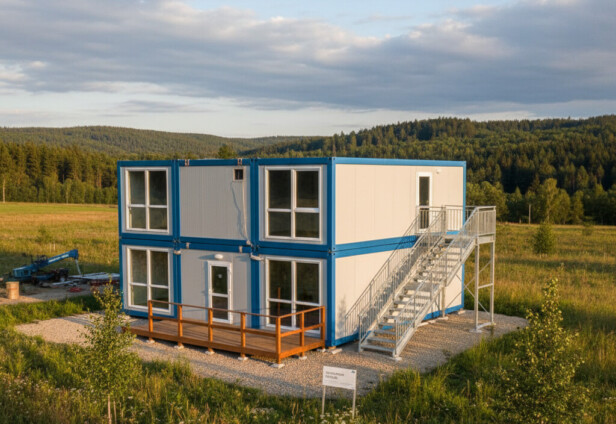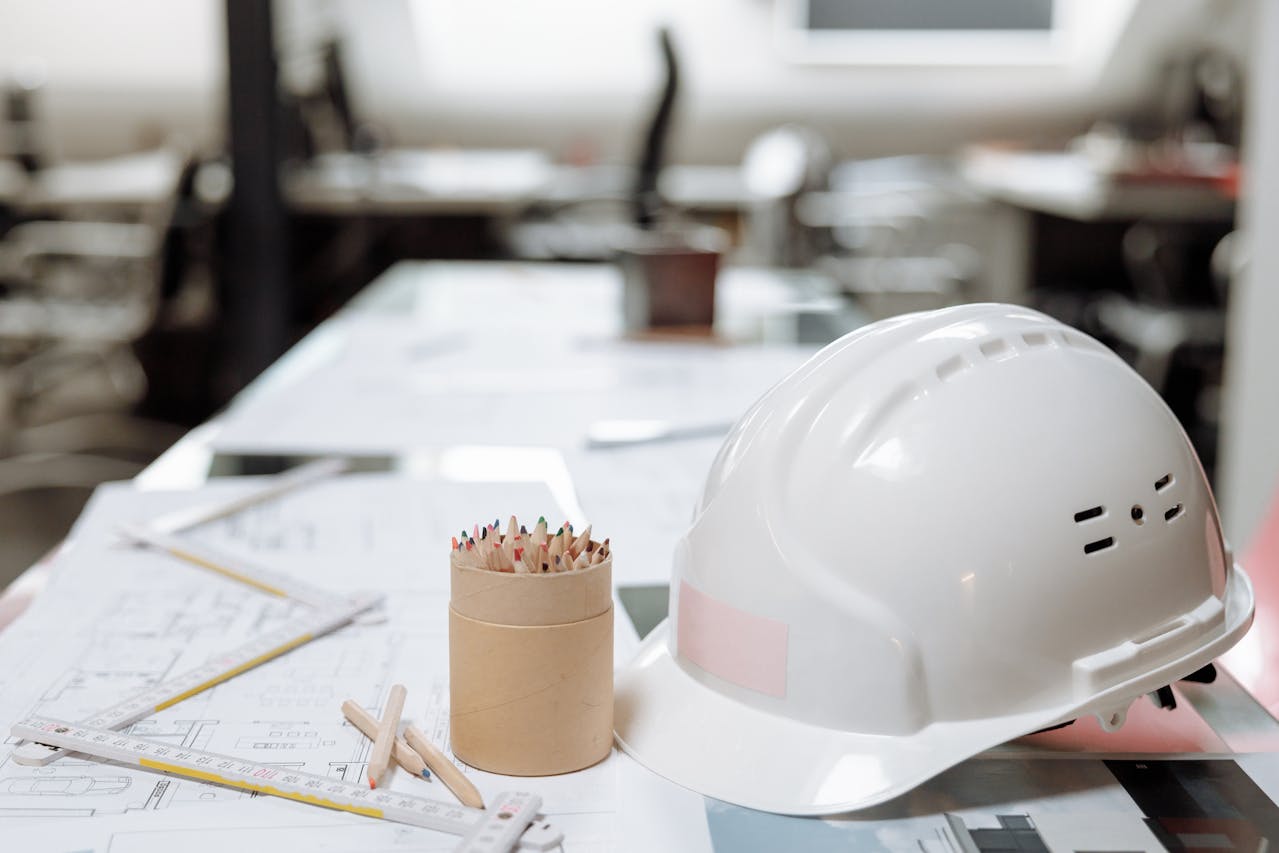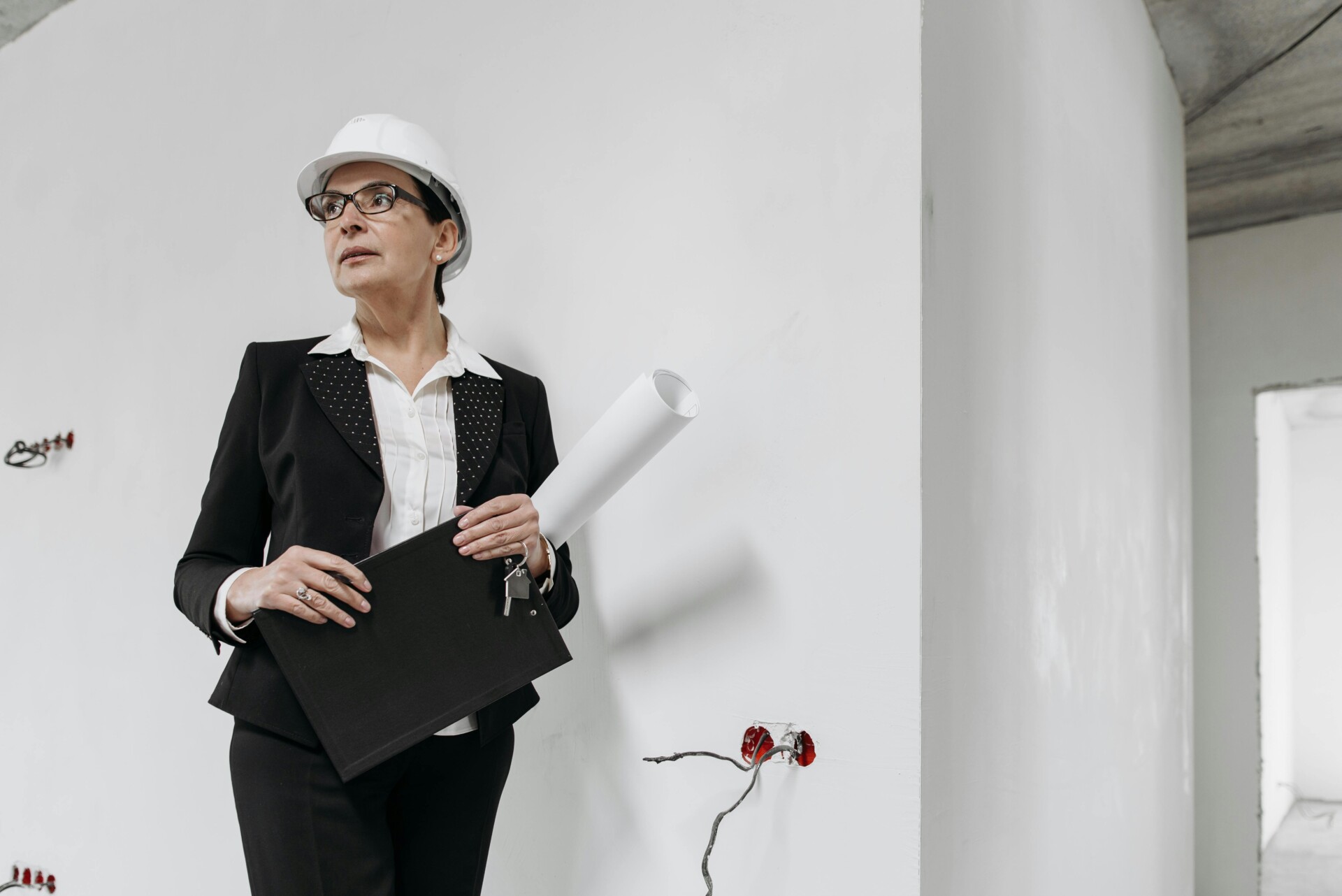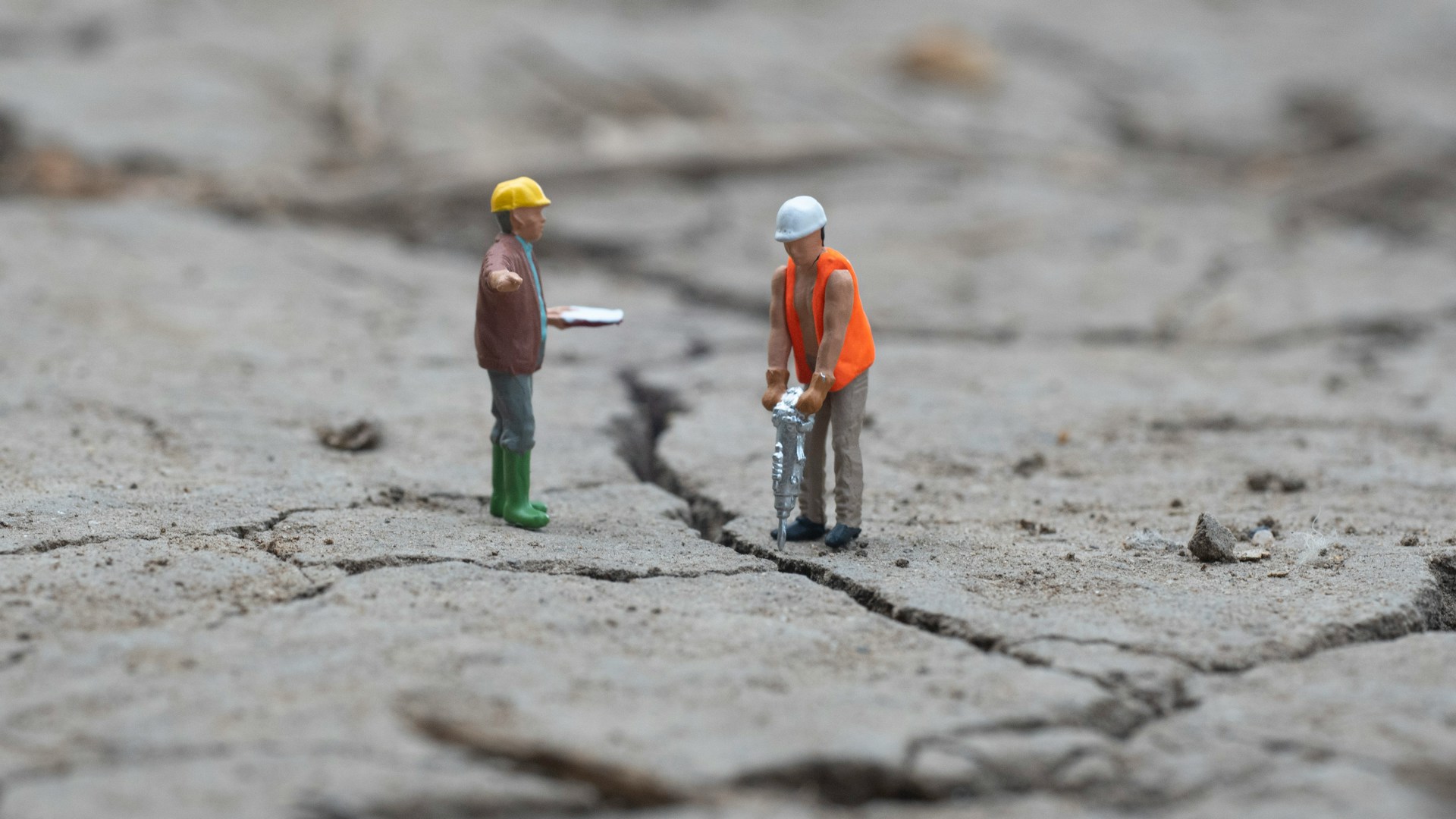Texas construction markets face constant pressure to deliver projects faster while maintaining quality standards. We at EB3 Construction understand how prefab commercial building solutions meet this challenge by combining pre-engineered metal buildings with modular construction systems manufactured in controlled factory environments.
These integrated solutions support diverse applications across commercial, industrial, municipal, nonprofit, and recreational sectors throughout Texas. Teams can customize every aspect from structural layout to architectural finishes while planning future modular expansion capabilities to accommodate growth.
Which Project Types Fit Prefab Commercial Building Solutions In Texas?
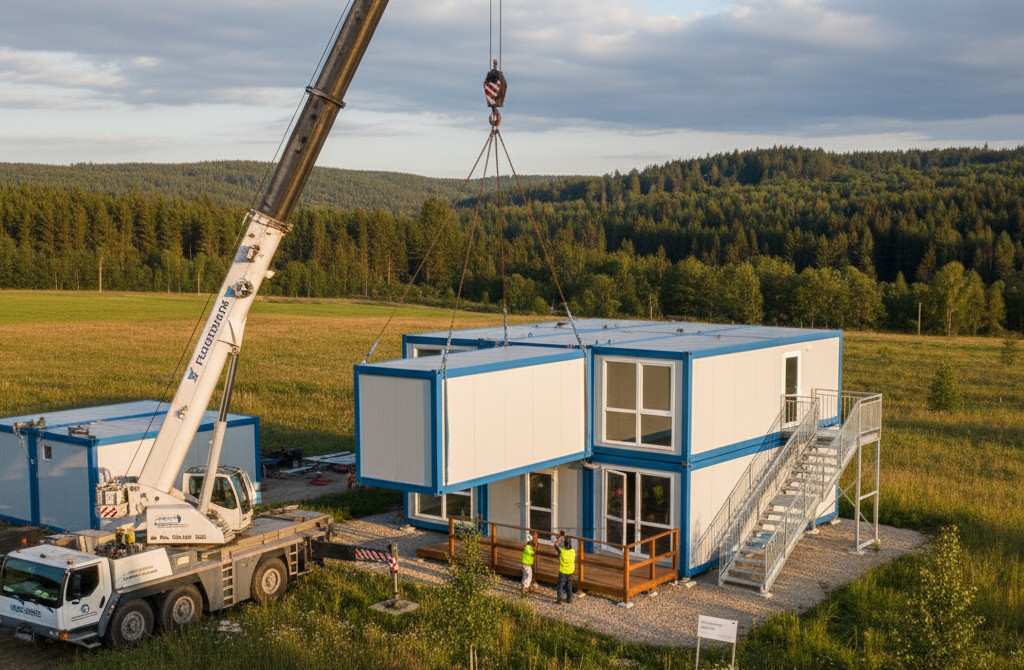
Industrial applications represent a major segment for prefab construction. Warehouses and distribution centers benefit from the speed and scale that modular systems provide, particularly as e-commerce drives demand for logistics facilities across Texas. Manufacturing plants and factories utilize these solutions when rapid deployment matters more than custom architectural features.
Retail environments adapt well to prefab methods. Shopping centers and retail buildings can be configured with standard layouts that reduce design time while maintaining the flexibility to customize storefronts and interior spaces. Auto dealerships and service centers often choose modular construction for their combination of office and service bay requirements.
Commercial office buildings represent another core application. We see strong demand for modular offices that can be delivered quickly to meet immediate space needs. These range from single-story configurations to multi-story designs that can exceed 100 sections when projects require substantial square footage.
Educational, Government, And Healthcare Applications
Educational buildings utilize modular construction for classrooms, administrative offices, and specialized facilities like labs and training rooms. Government buildings often require secure configurations, including SCIFs and SAPFs that meet ICD 705 compliance standards for sensitive operations.
Healthcare clinics and medical office buildings benefit from the controlled factory environment that ensures consistent quality for spaces requiring precise environmental controls. These facilities can be configured for everything from basic medical offices to specialized treatment centers.
Infrastructure And Specialized Facilities
Central energy plants, electrical rooms, and data centers represent specialized infrastructure applications. These modules arrive as integrated systems with power and cooling controls already tested and commissioned. The approach reduces coordination challenges that typically arise when multiple contractors handle different building systems.
Recreational and athletic facilities, along with equestrian structures, demonstrate the versatility of prefab solutions for specialized uses. These projects often require large clear spans and specific environmental conditions that modular systems can accommodate.
Temporary And Flexible Space Solutions
Swing spaces serve as temporary facilities during renovations or emergency situations. Training rooms, clinics, labs, dormitories, and child care centers can be configured as temporary modular buildings that provide immediate occupancy while permanent solutions are planned or constructed.
The scalability extends from single-section units for small office needs to complex multi-story assemblies. This range allows teams to match the building system to specific program requirements rather than adapting needs to fit standard construction approaches.
How Does The Modular And Pre-Engineered Delivery Process Work?
We coordinate the modular delivery process through four distinct phases that optimize both factory efficiency and site readiness. Design and engineering anchors the process, where our teams finalize plans before production begins. Permits and approvals proceed concurrently with design work to prevent delays during construction phases.
Design And Engineering Phase
Modular buildings require complete design approval before manufacturing starts. We work with architects and engineers using building information modeling systems to create detailed exterior and interior plans. Once owners approve these plans, we submit them to local authorities for building permits and regulatory review.
This phase demands precision because changes become costly once factory production begins. We ensure all stakeholders understand the complete building process and finalize plans early. The design must account for transportation requirements and crane lifting points that will be needed during installation.
Parallel Construction Workflow
Site development runs simultaneously with off-site manufacturing to compress project schedules. While our factory teams construct modules in controlled conditions, site crews complete excavation, grading, and foundation work. This parallel construction approach eliminates the linear delays common in traditional building methods.
Factory production typically handles 60% to 90% of the total work, depending on project requirements. We assemble structural components like walls, flooring, and windows, then install mechanical, plumbing, and electrical systems. Interior finishes including drywall and cabinets are completed before modules leave the factory.
Factory Testing And Quality Control
In-house factory testing occurs throughout the manufacturing process before shipping. Third-party inspectors and building code officials conduct inspections at various production stages. We test modules for structural integrity, material quality, and compliance with safety standards to reduce onsite commissioning time.
The controlled factory environment allows us to maintain consistent quality while avoiding weather-related delays and material waste. Our skilled factory workforce includes carpenters, electricians, plumbers, HVAC technicians, and finish specialists working in optimized sequences.
Module Transportation And On-Site Assembly
We transport finished modules on integrated chassis or specialized carriers designed for the structural loads. Each module must independently withstand travel requirements including high winds and crane manipulation. Transportation typically remains within 250 to 400 miles due to road restrictions and economic considerations.
Module dimensions commonly measure 15 feet wide, 12 feet high, and 60 feet long, though these vary based on transportation regulations and project needs. Many modules arrive as plug-and-play units that simplify installation and reduce technical demands during final assembly.
On-site installation involves crane placement, module connection, and utility hookups. We complete exterior systems like cladding and roofing, then finish interior elements that were not completed in the factory. Assemblies can range from single-section units to complex multi-story designs exceeding 100 sections.
What Measurable Benefits Can Texas Teams Expect?
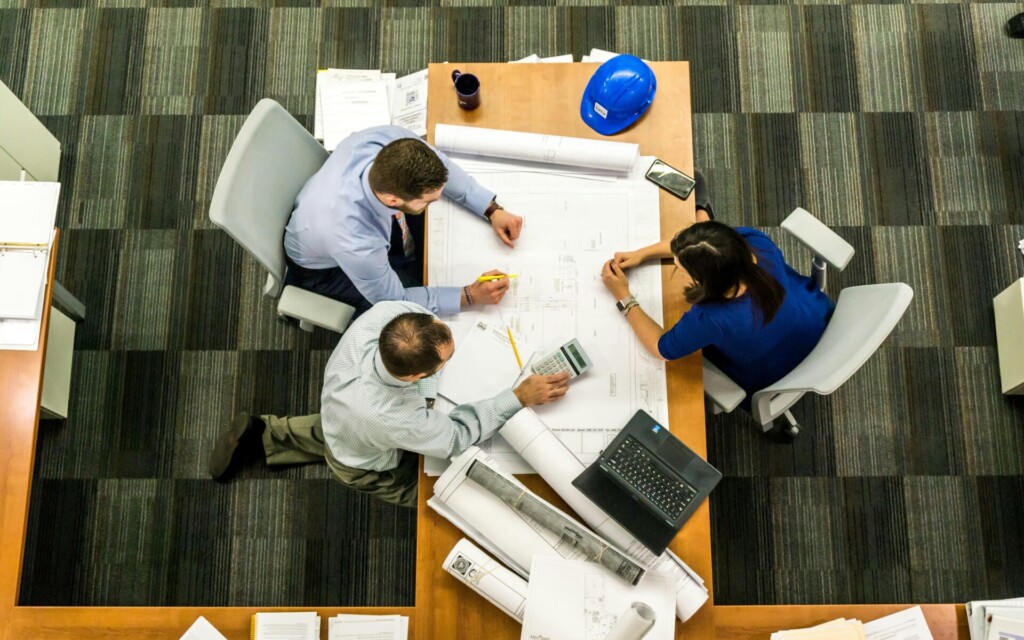
Factory packaging delivers quantifiable improvements across multiple project dimensions. Our experience with prefab commercial solutions shows teams can expect preparation and construction time reductions of up to 40%. This acceleration stems from the controlled manufacturing environment where modules advance through standardized production sequences without weather delays or coordination bottlenecks that plague traditional field construction.
Field labor requirements drop dramatically with modular delivery. On-site man-hours can be reduced by up to 84% compared to conventional stick-built projects. This reduction translates directly to improved safety outcomes by minimizing worker exposure to site hazards, height risks, and equipment accidents that typically occur during extended field construction periods.
Enhanced Quality Control And System Integration
The controlled factory environment eliminates many variables that create changes and delays in typical site work. We manufacture modules using consistent processes, standardized tooling, and quality checkpoints that reduce rework and field modifications. Temperature-controlled facilities protect materials from moisture damage and weather exposure that can compromise building performance in traditional construction.
Pre-engineered modules integrate mechanical, electrical, and plumbing systems more efficiently than site-built alternatives. Factory coordination allows for precise routing of utilities, optimized equipment placement, and integrated controls that support better energy performance. These integrated MEP systems arrive as complete assemblies ready for connection rather than field-assembled components requiring extensive coordination.
System Compatibility And Project Flexibility
Complete, compatible systems reduce coordination issues that typically arise when multiple trades work independently on-site. Modular units arrive with tested interfaces and verified system integration, eliminating the compatibility concerns that can delay project milestones and increase costs.
Modular solutions provide flexibility and scalability that support changing project requirements. Teams can plan additions or retrofits as facility needs grow without disrupting existing operations. This adaptability proves particularly valuable for facilities that must accommodate future expansion or changing operational requirements.
Cost Control And Predictable Delivery
Direct manufacturing processes and simplified assembly procedures help manage project costs through predictable labor requirements and material usage. Factory production eliminates weather delays, reduces material waste, and minimizes the skilled trade shortages that can escalate field labor costs.
Early budgeting and planning capabilities support better decision-making throughout the project lifecycle. Teams can establish firm pricing earlier in the design process and avoid the cost escalation typically associated with extended field construction schedules and change orders.
What Is The Difference Between Permanent And Relocatable Prefab Options?
The primary distinction between permanent and relocatable prefab solutions centers on their intended duration of use and foundation requirements. We approach each option with different engineering considerations, foundation systems, and delivery methods to match specific project needs.
Permanent Modular Buildings
Permanent modular buildings deliver long-term facilities designed to remain in place for decades. We set these structures on robust permanent foundations, including pier-and-beam systems or slab-on-grade configurations, depending on site conditions and structural requirements. The pier-and-beam approach elevates the building above grade level, providing access to utilities and protection from moisture, while slab-on-grade foundations offer direct contact with prepared concrete surfaces.
These buildings support extensive customization options that we coordinate during the design phase. Multi-story configurations become feasible with permanent installations, allowing for complex layouts that serve diverse program needs. We can incorporate specialized mechanical systems, custom architectural finishes, and integrated technology infrastructure that align with long-term operational requirements.
Most permanent modular projects involve purchase rather than leasing arrangements. The four-month typical delivery timeline from contract signing allows for thorough engineering review and quality control processes that ensure compliance with local building codes and performance standards.
Relocatable Modular Buildings
Relocatable modular buildings provide flexibility for changing space requirements and shorter-term assignments. We design these structures for multiple moves throughout their operational life, using connection systems that facilitate disconnection and reassembly. The concrete pier foundations we specify for relocatable units allow for straightforward disassembly when relocation becomes necessary.
These buildings excel in applications requiring rapid deployment and future adaptability. Swing spaces during renovations, emergency response facilities, and temporary expansions represent common use cases where we deploy relocatable solutions. The leasing options available for relocatable buildings reduce upfront capital requirements and provide operational flexibility for organizations with uncertain long-term space needs.
We typically deliver relocatable buildings within 30 days of contract execution, supporting urgent timeline requirements. The wood-based construction approach reduces weight for transportation while maintaining structural integrity across multiple relocations.
Application-Driven Selection
Project duration drives the selection between permanent and relocatable options. Short-term needs spanning one to three years favor relocatable solutions, while permanent installations serve projects requiring decades of service life. We evaluate site conditions, including soil bearing capacity and utility access, to determine appropriate foundation approaches for each option.
Both permanent and relocatable buildings accommodate commercial, education, government, and healthcare applications. The choice depends on program needs, budget considerations, and long-term facility planning rather than functional limitations. We configure both options to meet accessibility requirements, energy codes, and specialized operational demands specific to each sector.
Conclusion And Next Steps
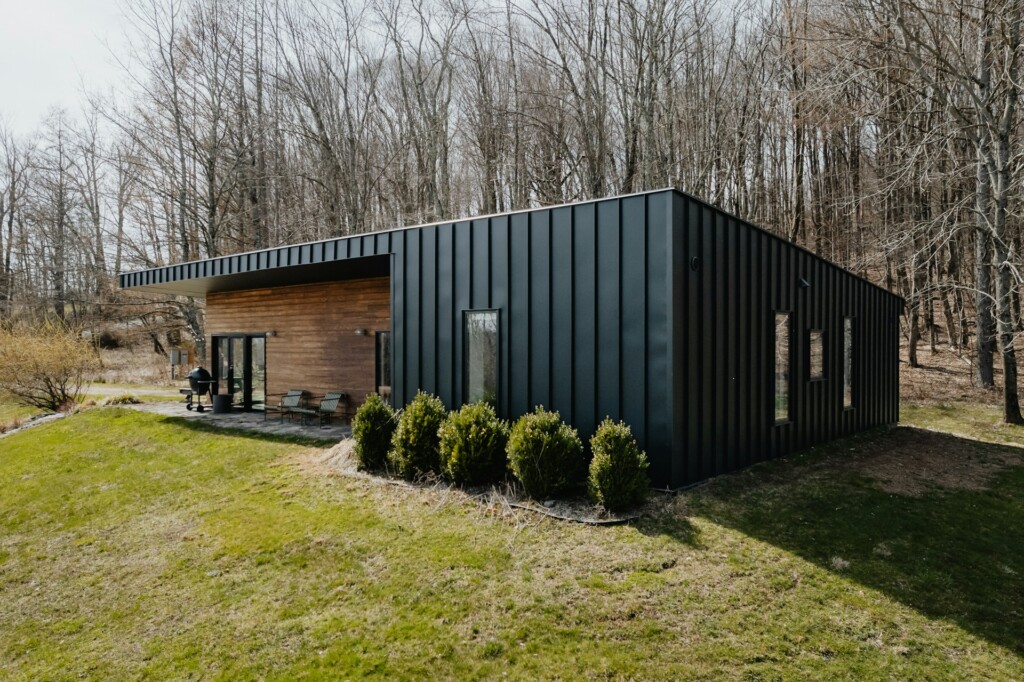
Prefab commercial building solutions in Texas deliver measurable advantages across multiple project types and scales. The approach provides faster construction schedules, reduces on-site labor risks, and maintains consistent quality through controlled factory environments. From single-story warehouses to complex multi-story facilities exceeding 100 modules, this construction method addresses the diverse needs of commercial developers and property owners throughout the state.
Moving forward requires a systematic approach to maximize these benefits. Define your program needs and project duration first, then select between permanent and relocatable delivery based on long-term plans. Align design and permitting activities early in the process while planning site development work to run parallel with off-site manufacturing. Include factory testing protocols and installation sequencing in your project timeline to ensure smooth delivery and assembly. This coordinated approach enables teams to maintain control over project risk, schedule, and budget from initial concept through final occupancy.
Contact EB3 Construction to discuss your prefab commercial building project requirements and development timeline.

